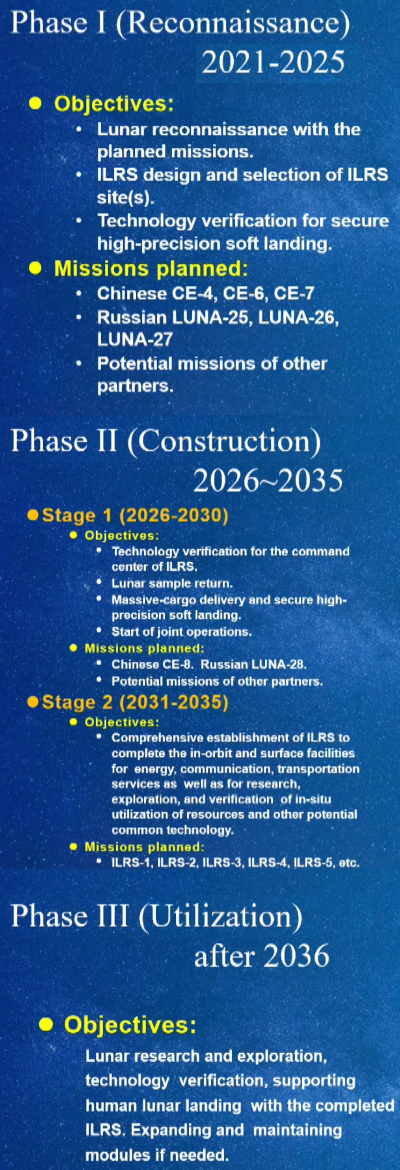Trial operations begin for China’s new radio array for observing the Sun
Engineers have begun trial operations for a almost two-mile diameter antenna array in China designed to observe the Sun.
The Daocheng Solar Radio Telescope (DSRT) consists of 313 dishes, each with a diameter of 19.7 feet (6 meters), forming a circle with a circumference of 1.95 miles (3.14 kilometers). A 328-feet-high (100 m) calibration tower stands in the center of the ring. The array has undergone half a year of debugging and testing, demonstrating the capability to consistently and reliably monitor solar activity with high precision. Trial operations officially started July 14, according to CCTV News.
This design is a variation of the VLA radio antenna in New Mexico, which has 28 antennas arranged not in a circle but in a Y-configuration that can be extended or shortened. That additional capability is probably why VLA is focused on astronomical observations, not just the Sun.
Engineers have begun trial operations for a almost two-mile diameter antenna array in China designed to observe the Sun.
The Daocheng Solar Radio Telescope (DSRT) consists of 313 dishes, each with a diameter of 19.7 feet (6 meters), forming a circle with a circumference of 1.95 miles (3.14 kilometers). A 328-feet-high (100 m) calibration tower stands in the center of the ring. The array has undergone half a year of debugging and testing, demonstrating the capability to consistently and reliably monitor solar activity with high precision. Trial operations officially started July 14, according to CCTV News.
This design is a variation of the VLA radio antenna in New Mexico, which has 28 antennas arranged not in a circle but in a Y-configuration that can be extended or shortened. That additional capability is probably why VLA is focused on astronomical observations, not just the Sun.



